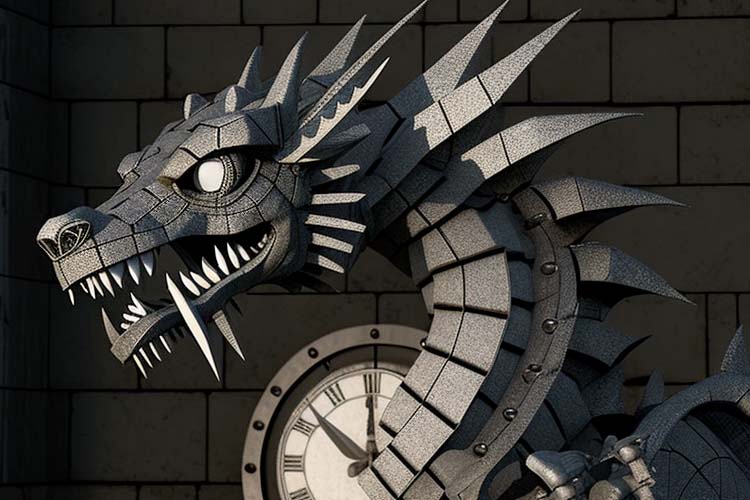Understanding Googlebot’s “Crawl Budget”
If you’re a small business owner with a website, you know that visibility in search engine results is crucial for attracting potential customers. But did you know that how often Google’s web crawler, Googlebot, visits your website can impact that visibility? In this post, we’ll explore Googlebot’s crawl budget and how you can optimize it to increase your website’s visibility.
What is Googlebot’s Crawl Budget?
Googlebot is Google’s web crawler that crawls through websites to index and rank them in search engine results. Crawl budget refers to the number of pages on your website that Googlebot will crawl within a given timeframe. The more pages Googlebot crawls, the more chances you have to show up in search engine results.
Factors that Affect Crawl Budget
Several factors impact how Googlebot allocates your website’s crawl budget. Some of these factors include:
- Page Speed: If your website loads slowly, Googlebot may not crawl as many pages. This is because Googlebot has a limited amount of time to crawl your website.
- Site Size: Larger websites may have a higher crawl budget, but Googlebot may prioritize pages with higher importance or freshness.
- Server Performance: If your server is frequently unavailable, Googlebot may crawl fewer pages on your website.
- Duplicate Content: If your website has duplicate or low-quality content, it can decrease your website’s crawl budget.
- Backlink Profile: Websites with a strong backlink profile may have a higher crawl budget, as Googlebot may consider these sites more important.
How Googlebot Calculates Crawl Budget
Googlebot uses several algorithms to calculate crawl budget, but the exact process is not disclosed. However, some factors that Googlebot considers include:
- Crawl Rate Limit: This is the maximum number of requests that Googlebot can make to your server in a given timeframe.
- Crawl Demand: This is the number of pages on your website that Googlebot wants to crawl. Googlebot prioritizes pages with higher importance or freshness.
- Crawl Health: This is the number of errors or issues on your website that Googlebot encounters. Pages with errors may be crawled less frequently.
Tips to Optimize Your Crawl Budget
Now that you understand crawl budget and the factors that impact it, here are some tips to optimize your website’s crawl budget:
- Improve Page Speed: Use tools like Google’s PageSpeed Insights to identify and fix issues that slow down your website.
- Remove Duplicate Content: Use tools like Copyscape to identify duplicate content and remove it from your website.
- Use a Sitemap: Submitting a sitemap to Google Search Console can help Googlebot find and crawl your pages more efficiently.
- Monitor Crawl Errors: Regularly monitor crawl errors in Google Search Console and fix any issues as they arise.
Conclusion
In conclusion, understanding and optimizing your website’s crawl budget can improve your website’s visibility in search engine results. By following the tips outlined in this post, you can maximize the number of pages that Googlebot crawls on your website, leading to increased traffic and higher search engine rankings.



